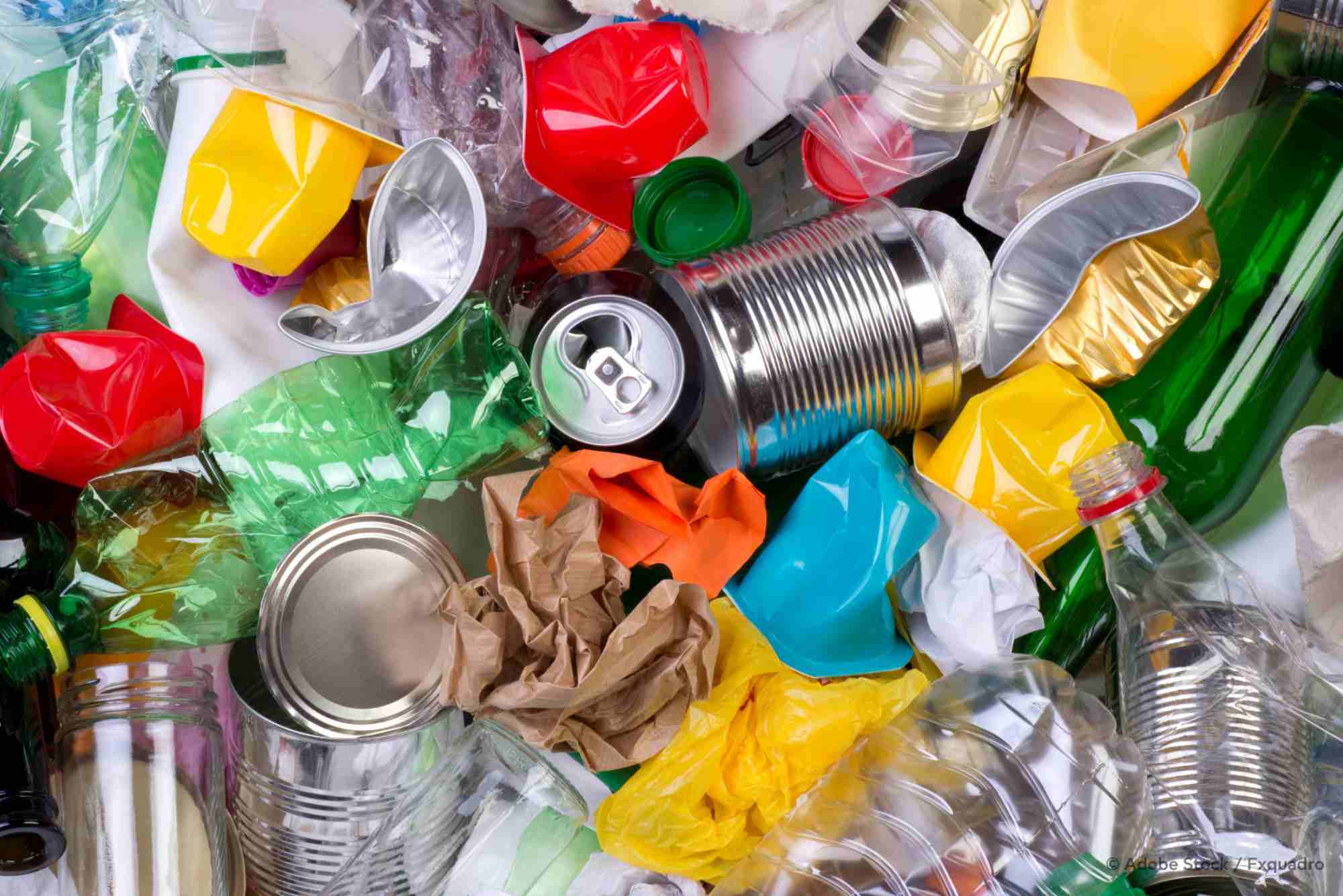New Plastic-Reduction Regulation Spawns Regional Reuse and Refill Networks
SAN FRANCISCO, Nov. 19, 2025 – Sweeping plastic-reduction regulations across California and the European Union are catalyzing the formation of regional reuse and refill networks, with infrastructure investments exceeding $7.2 billion in 2025 alone as companies scramble to comply with mandatory reuse targets effective by 2027, industry data shows.
The convergence of Extended Producer Responsibility (EPR) laws and specific reuse mandates is transforming the packaging landscape. California’s SB 54 requires producers to cut single-use plastics 25% by 2032, with at least 10% achieved through reusable packaging. The law, which entered its first reporting phase this year, demands that producers fund and operate reuse systems for consumer packaged goods or face penalties up to $50,000 per day. Similarly, the European Union’s Packaging and Packaging Waste Regulation, adopted in December 2024 and enforceable from August 2026, mandates that large retailers dedicate a minimum 10% of store space to refill stations by 2030, with France implementing an even stricter 20% requirement.
These policy frameworks have created unprecedented market momentum for reuse infrastructure. According to the World Economic Forum, public and private sector commitment to reuse models has reached an inflection point, with startup innovators scaling rapidly and major retailers shifting from pilot programs to full implementation. The Ellen MacArthur Foundation estimates that replacing just 20% of single-use plastic packaging with reusable alternatives could save businesses $10 billion annually in material costs.
Regional networks are emerging as the critical bridge between policy requirements and practical implementation. Circulate Regional, a San Francisco-based logistics platform, has established reuse hubs in six Western states since January, connecting 340 retailers with 45 washing and redistribution facilities. The company’s network processes 12 million reusable containers monthly, tracking each unit via embedded RFID tags through an average of 28 use cycles.
Market data underscores the sector’s explosive growth. The global reuse and refill market reached $28.2 billion in 2024 and is projected to hit $35.4 billion by 2029, representing 15% annual growth, according to packaging industry analysts. Consumer adoption is accelerating, with 71% of European shoppers actively seeking sustainable products and 77% demanding refill options as permanent retail fixtures rather than temporary experiments. In the United States, Oregon’s Department of Environmental Quality reports that its EPR program, launched in July 2025, has already registered 1,200 producers covering 85% of packaging volume sold in the state.
“The regulatory landscape has shifted from voluntary targets to legally binding quotas with real financial consequences,” said Elena Marquez, founder and CEO of Circulate Regional. “We’re seeing a fundamental reordering of supply chains. Companies that treated reuse as a niche sustainability project are now building entire divisions around it. Our facility utilization jumped 300% in six months as brands raced to meet California’s 2027 interim targets.”
The environmental stakes are substantial. Oceana research indicates that a 10-percentage point increase in reusable beverage packaging by 2030 could eliminate over 1 trillion single-use plastic bottles and prevent 153 billion containers from entering oceans and waterways. Producers face mounting pressure as eight U.S. states now enforce packaging EPR laws, covering 19.3% of the American population, with Washington and Michigan poised to join in 2026.
Corporate commitments reflect the regulatory reality. Unilever has run more than 50 refill pilot projects since 2018 and aims to cut virgin plastic use 40% by 2028. L’Oréal launched its #JoinTheRefillMovement campaign in June 2025, deploying refill stations across luxury and mass-market brands. However, the trend isn’t universal—Coca-Cola quietly abandoned its 25% reusable packaging target in December 2024, citing logistical challenges, even as competitors like AB InBev maintain commitments to make 100% of packaging returnable or from majority recycled content by 2025.
Infrastructure challenges persist. Standardized washing protocols, cross-brand container compatibility, and reverse logistics remain significant hurdles. The Association of Plastic Recyclers notes that while EPR fees will fund collection systems, reuse networks require entirely new capital investment in cleaning, tracking, and redistribution technology. California’s CalRecycle estimates the state will need 200 regional washing facilities to meet its 2032 goals, up from approximately 30 currently operational.
About Circulate Regional
Circulate Regional is a logistics technology company building interoperable reuse and refill infrastructure across North America. Founded in 2023, the company operates washing facilities, container pooling systems, and digital tracking platforms that enable retailers and consumer brands to meet mandatory reuse targets under emerging EPR laws. Circulate Regional’s network serves more than 300 retail locations and 150 consumer brands, processing over 140 million reusable containers annually.
Media Contact
Sarha Al-Mansoori
Director of Corporate Communications
G42
Email: media@g42.ai
Phone: +971 2555 0100
Website: www.g42.ai






